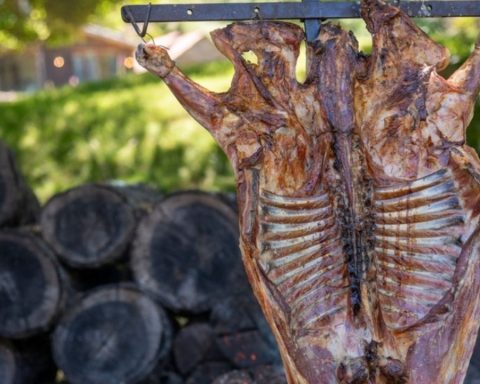What to do in the presence of birds with symptoms of being sick with avian influenza (flu), what to do in the event of dead birds and what protection measures to take to avoid contagion from other birds on the property, is part of the set of recommendations provided by the Agricultural and Livestock Service -SAG upon confirmation of positive cases of high pathogenicity in northern Chile.
The Ministry of Agriculture through the service, up to the date of publication of this article, has progressively confirmed positive cases with the disease in each region from Arica and Parinacota (detected on December 5) to Coquimbo (confirmed on the afternoon of this Thursday, December 29). ). All correspond to wild birds and particularly pelicans.
INDAP currently works with 12,000 poultry farmers from the Territorial Development Program (Prodesal), 3,500 through the Indigenous Territorial Development Program (PDTI) and 100 who are now part of the Technical Advisory Service (SAT). The purposes of this production are diverse: commercial, self-consumption, sale of eggs, meat or other purposes.
INDAP invites producers of peasant family agriculture to pay attention to these actions, also aimed at those who work, interact with or carry out activities in which wildlife is observed, either in the field or in rescue or rehabilitation centers.
First of all: attention to immediate measures
- Do not handle or collect sick or dead birds
- Communicate with the SAG through the following options: a) Visit or call the local SAG offices. b) Call 223451100 (during office hours) or +56969089780 (during non-business hours). c) Write to [email protected]
What is avian influenza and what are its symptoms?
Avian influenza (AI), also known as bird flu, is a highly contagious viral disease that affects domestic and wild birds with no possibility of cure. Eventually it can be transmitted to other species, including man.
This complex disease occurs throughout the world, but with different subtypes that are more or less frequent depending on the region of the planet and can be classified into the category of Low Pathogenicity (LPAI), which causes few or no clinical signs, and High Pathogenicity (HPAI). ), leading to severe clinical signs and potentially high mortality rates.
Among the symptoms that birds may present are: Lack of appetite and incoordination in their movements. ruffled plumage Labored breathing, runny nose. Diarrhea. Swollen head and bluish color of crest, wattles and feet. Prostration and death.
Prevention
- Keep your birds in a protected place, isolated from animals, people and wild birds.
- Protect water and food, these attract wild birds.
- Clean and disinfect bird facilities on a regular basis.
- When bringing in birds from other sources, keep them separate from your birds for 21 days.
- Control the entry of people, utensils, animals and vehicles to your chicken coop.
- Wash your hands with disinfectant soap and water after handling your birds.
Here information from the World Health Organization

















